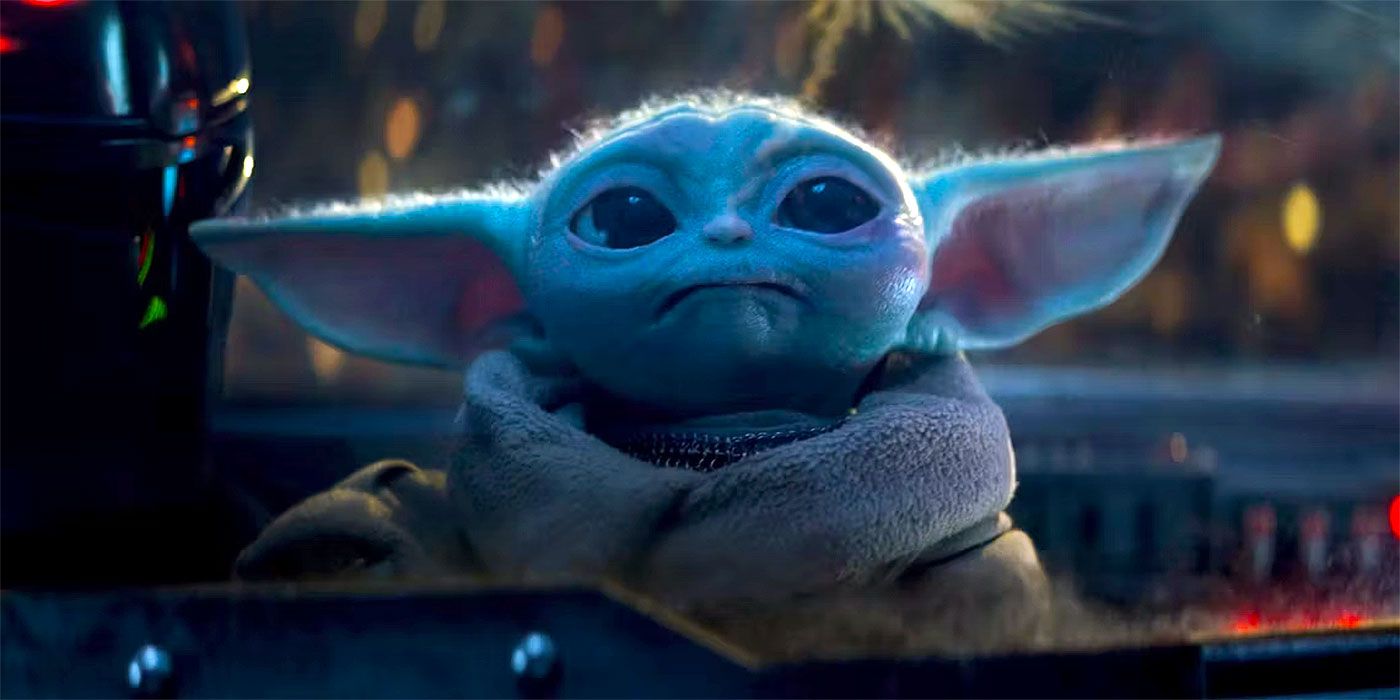The Mandalorian began a brand-new chapter in the Star Wars saga, exploring the time between 1983’s Return of the Jedi and 2015’s The Force Awakens. The series introduced a host of new faces (and helmets), as well as welcoming back a few familiar ones. At the heart of the series is the relationship between the Mandalorian bounty hunter Din Djarin and Grogu, the mysterious Force-wielding child of Yoda’s species. Little is known of Grogu’s life before the events of The Mandalorian, other than the fact he was raised in the Jedi Temple — but Star Wars fans may have already guessed his origins.Nothing at all was revealed about Grogu’s origins throughout the first season of The Mandalorian. It was only in Season 2, when Din ran into Anakin Skywalker’s former padawan Ahsoka Tano, that Grogu’s name and details of his early life emerged. By communicating through the Force, Ahsoka learned that the Mandalorian’s adopted child was named Grogu and he had spent the first years of his life in the Jedi Temple. Some fans have theorized that Grogu, the so-called “Baby Yoda,” may actually be the son of Yoda and Yaddle, the only other members of his species seen in the Star Wars films. And while fans have come up with numerous theories, including one suggesting that Grogu is Yoda reincarnated, evidence suggests it’s more likely that Grogu is Yoda’s son. Jedi were typically not allowed to have families or raise children in the Star Wars universe. Attachment was expressly forbidden by the Jedi Code, so members of the Order could not fall in love or form family bonds. This would suggest that a Jedi as devout as Yoda would never father a child. There was certainly no evidence in any of the Star Wars films that either he or Yaddle — who was briefly glimpsed on the Jedi Council in The Phantom Menace — ever had children. However, certain exceptions have been made to this rule.
The Mandalorian began a brand-new chapter in the Star Wars saga, exploring the time between 1983’s Return of the Jedi and 2015’s The Force Awakens. The series introduced a host of new faces (and helmets), as well as welcoming back a few familiar ones. At the heart of the series is the relationship between the Mandalorian bounty hunter Din Djarin and Grogu, the mysterious Force-wielding child of Yoda’s species. Little is known of Grogu’s life before the events of The Mandalorian, other than the fact he was raised in the Jedi Temple — but Star Wars fans may have already guessed his origins.
Nothing at all was revealed about Grogu’s origins throughout the first season of The Mandalorian. It was only in Season 2, when Din ran into Anakin Skywalker’s former padawan Ahsoka Tano, that Grogu’s name and details of his early life emerged. By communicating through the Force, Ahsoka learned that the Mandalorian’s adopted child was named Grogu and he had spent the first years of his life in the Jedi Temple. Some fans have theorized that Grogu, the so-called “Baby Yoda,” may actually be the son of Yoda and Yaddle, the only other members of his species seen in the Star Wars films. And while fans have come up with numerous theories, including one suggesting that Grogu is Yoda reincarnated, evidence suggests it’s more likely that Grogu is Yoda’s son.
Jedi were typically not allowed to have families or raise children in the Star Wars universe. Attachment was expressly forbidden by the Jedi Code, so members of the Order could not fall in love or form family bonds. This would suggest that a Jedi as devout as Yoda would never father a child. There was certainly no evidence in any of the Star Wars films that either he or Yaddle — who was briefly glimpsed on the Jedi Council in The Phantom Menace — ever had children. However, certain exceptions have been made to this rule.
#Star #Wars #Fans #Mandalorians #Biggest #Mystery
Note:- (Not all news on the site expresses the point of view of the site, but we transmit this news automatically and translate it through programmatic technology on the site and not from a human editor. The content is auto-generated from a syndicated feed.))



